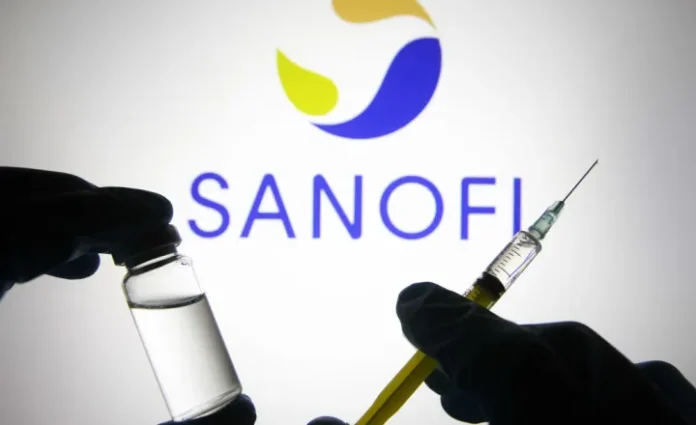Overview
In a major financial maneuver, several top-tier banks, including Goldman Sachs Group Inc. and Morgan Stanley, are coordinating a debt financing package exceeding €6 billion ($6.5 billion) to support potential buyers of Sanofi’s consumer health division. This substantial financing effort underscores the banks’ robust appetite for funding leveraged buyouts, highlighting a significant transaction in the European market.
Details of the Financing
The financing, known as staple financing, is pre-arranged funding offered to potential bidders of an acquisition, demonstrating banks’ willingness to support leveraged buyouts. Goldman Sachs and Morgan Stanley are not only advising Sanofi on the sale but also spearheading the financing efforts. Other financial giants involved in this endeavor include Bank of America Corp. and BNP Paribas SA. These institutions are integral to the financing structure designed to facilitate the sale of Sanofi’s consumer health division, a business valued at approximately $20 billion.
Structure of the Financing Package
A key component of the financing package is a payment-in-kind (PIK) loan, which could be worth at least €1.5 billion. The PIK arrangement is notable for its borrower-friendly terms, as it reduces the immediate interest burden on the company. However, it also increases the overall debt size, presenting a risk that traditional banks are generally reluctant to underwrite due to the high risk of holding such debt on their balance sheets. Typically, buyers opt to secure PIK financing from direct lenders rather than traditional banks.
Responses and Comments
When approached for comments, Goldman Sachs, Morgan Stanley, Bank of America, and BNP Paribas declined to provide statements. Sanofi also refrained from commenting on the financing specifics, but a spokesperson indicated that the company is exploring all options to maximize the value of its consumer health unit.
Strategic Considerations
Sanofi announced in October its intention to either list the consumer health business on the stock market or sell it outright. This division, which includes well-known over-the-counter products like Phytoxil cough syrups and Icy Hot pain relief gels, is poised to be one of the largest deals in Europe this year. First-round bids for the business are due next week, although the recent French legislative election outcome has introduced some uncertainty among bidders regarding the commitment of large equity checks for this deal.
Market Implications
The resurgence of traditional lenders in the market for funding high-risk transactions is a significant trend. With investors speculating that interest rates have peaked, banks are more confident in underwriting substantial acquisitions and subsequently selling the debt through broadly syndicated loans. This confidence has resulted in buyout firms increasingly leaning toward banks for financing their deals, as these loans tend to be more cost-effective compared to those from private credit sources.
Broader Industry Context
The financing landscape for leveraged buyouts and large acquisitions has seen a dynamic shift, with traditional banks reasserting their presence. This trend is influenced by the stabilization of interest rates and the increased confidence among banks in their ability to manage and syndicate substantial debts. The Sanofi consumer health division sale, backed by a significant financing package, is a testament to this evolving financial environment.
Impact on Sanofi
For Sanofi, this move is part of a broader strategy to streamline its operations and focus on core business areas. The consumer health division, while profitable, represents a non-core asset that can be monetized to free up capital for strategic investments and innovation in other areas of the company. The successful sale of this division could provide Sanofi with a significant cash influx, which can be redeployed to enhance its competitive positioning in the pharmaceutical market.
Future Prospects
As the financing package is finalized and first-round bids are submitted, the market will be closely watching how the transaction unfolds. The outcome will not only impact Sanofi but also set a precedent for future large-scale acquisitions in the biopharma sector. With traditional banks back in the game and willing to support high-stakes deals, the landscape for M&A activities is poised for an exciting phase, characterized by significant financial maneuvering and strategic realignments.
Conclusion
The €6 billion debt financing plan for Sanofi’s consumer health division sale underscores a pivotal moment in the financial markets, highlighting the renewed confidence of traditional banks in underwriting large acquisitions. As this deal progresses, it will offer critical insights into the future of leveraged buyouts and the strategic moves of major pharmaceutical companies like Sanofi. The market’s response to this financing effort will likely influence M&A activities and financial strategies across the biopharma industry in the coming years.
